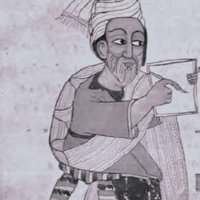
Bereket | በረኸት
@bereketwl
Religious studies @CERES_RUB
Oriental Orthodox interested in:
Semitic lang.,Theology, History, Iconography & poetry.
ID: 727220170373140481
02-05-2016 19:36:14
8,8K Tweet
3,3K Followers
885 Following













@bereketwl
Religious studies @CERES_RUB
Oriental Orthodox interested in:
Semitic lang.,Theology, History, Iconography & poetry.
ID: 727220170373140481
02-05-2016 19:36:14
8,8K Tweet
3,3K Followers
885 Following











